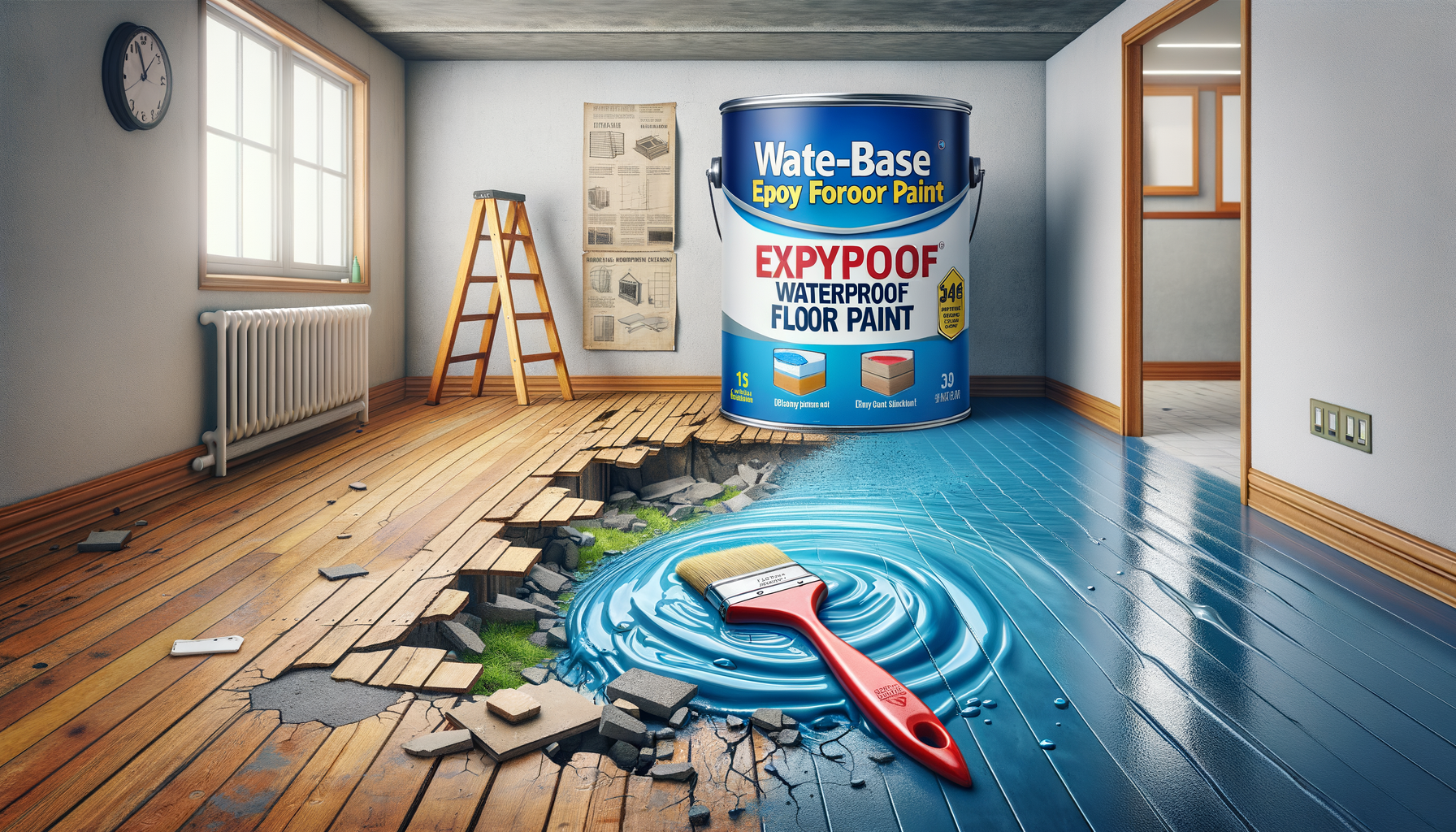Understanding Floor Paint: An Overview
Floor paint is an essential component in maintaining and enhancing the appearance and durability of floors. Whether it’s for a residential garage, a commercial space, or an industrial facility, the right floor paint can transform a surface from drab to dazzling while providing protection against wear and tear. Floor paint comes in various formulations, each offering distinct benefits tailored to specific needs. From epoxy to acrylic, choosing the appropriate type involves understanding the environment the floor will be exposed to, the desired aesthetic, and the level of foot or vehicle traffic expected.
The primary purpose of floor paint is to protect the underlying material, be it concrete, wood, or metal, from damage caused by moisture, chemicals, or abrasion. Additionally, floor paint can enhance safety by providing non-slip surfaces or by marking hazardous areas. This dual functionality makes it a valuable investment for both aesthetic and practical reasons.
Types of Floor Paint and Their Applications
There are several types of floor paint, each suited to different applications. The most common types include:
- Epoxy Floor Paint: Known for its durability and resistance to chemicals, epoxy is often used in garages, warehouses, and industrial settings. It creates a hard, glossy finish that is easy to clean and maintain.
- Acrylic Floor Paint: This type is water-based and dries quickly, making it ideal for residential settings. It offers a good balance of durability and ease of application.
- Polyurethane Floor Paint: Offering excellent resistance to abrasion and chemicals, polyurethane is often used in areas with heavy foot traffic or where a high-gloss finish is desired.
Choosing the right type of floor paint involves considering the specific needs of the space. For instance, epoxy is favored in industrial environments due to its robustness, while acrylic might be chosen for a home setting for its ease of use and quick drying time.
The Benefits of Water-Based Epoxy Floor Paint
Water-based epoxy floor paint is gaining popularity due to its unique advantages. Unlike traditional solvent-based epoxies, water-based variants are more environmentally friendly, emitting fewer volatile organic compounds (VOCs). This makes them safer for indoor use, particularly in residential areas where ventilation might be limited.
Another significant benefit is the ease of application. Water-based epoxy can be applied with minimal preparation and dries quickly, allowing for faster project completion. This makes it an attractive option for DIY enthusiasts looking to undertake home improvement projects.
Moreover, water-based epoxy offers excellent adhesion and durability, ensuring that the painted surface can withstand regular wear and tear. Its waterproof nature makes it ideal for areas prone to moisture, such as basements or bathrooms, ensuring that the underlying material remains protected over time.
Application Tips and Best Practices
Applying floor paint requires careful preparation and attention to detail to ensure a professional finish. Here are some tips for achieving the best results:
- Surface Preparation: Clean the floor thoroughly to remove any dirt, grease, or old paint. Any cracks or holes should be repaired to create a smooth surface.
- Priming: Depending on the type of paint, a primer may be necessary to ensure proper adhesion. This is particularly important for porous surfaces like concrete.
- Application Technique: Use a roller or brush to apply the paint evenly. For larger areas, a paint sprayer can provide a more uniform finish.
- Drying Time: Allow sufficient drying time between coats. This not only ensures a better finish but also enhances the durability of the paint.
By following these best practices, you can achieve a high-quality finish that enhances both the appearance and longevity of your floors.
Conclusion: Choosing the Right Floor Paint for Your Needs
Selecting the right floor paint involves considering several factors, including the type of environment, the level of traffic, and personal aesthetic preferences. Water-based epoxy floor paint stands out as a versatile and environmentally friendly option that offers durability and ease of application. Whether you’re looking to revitalize a residential space or enhance the durability of a commercial floor, understanding the benefits and applications of different floor paints can guide you in making an informed decision. By investing in quality floor paint, you not only protect your surfaces but also enhance the overall aesthetics and functionality of your space.




Leave a Reply